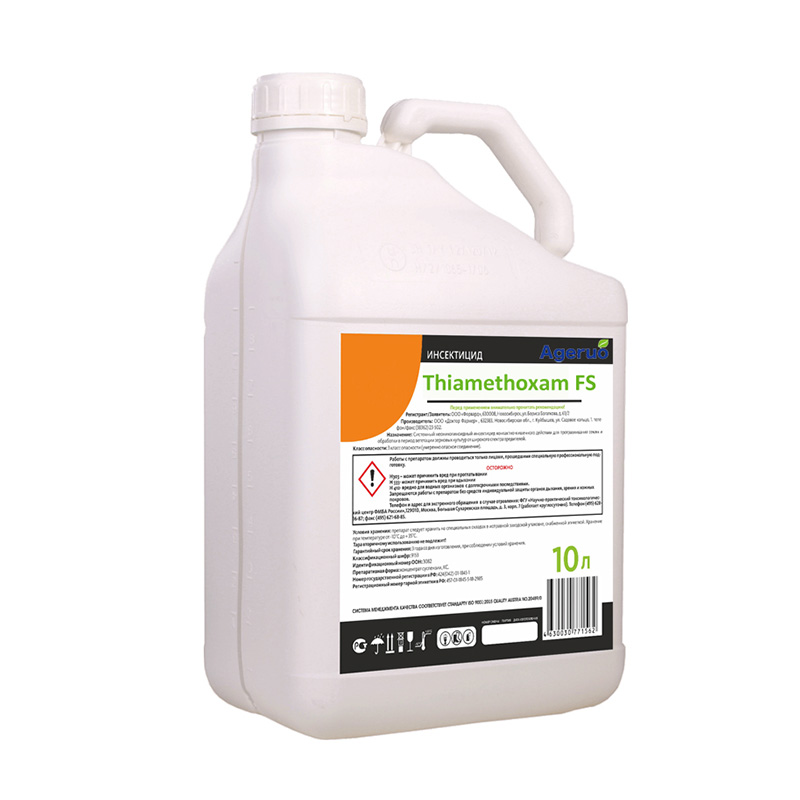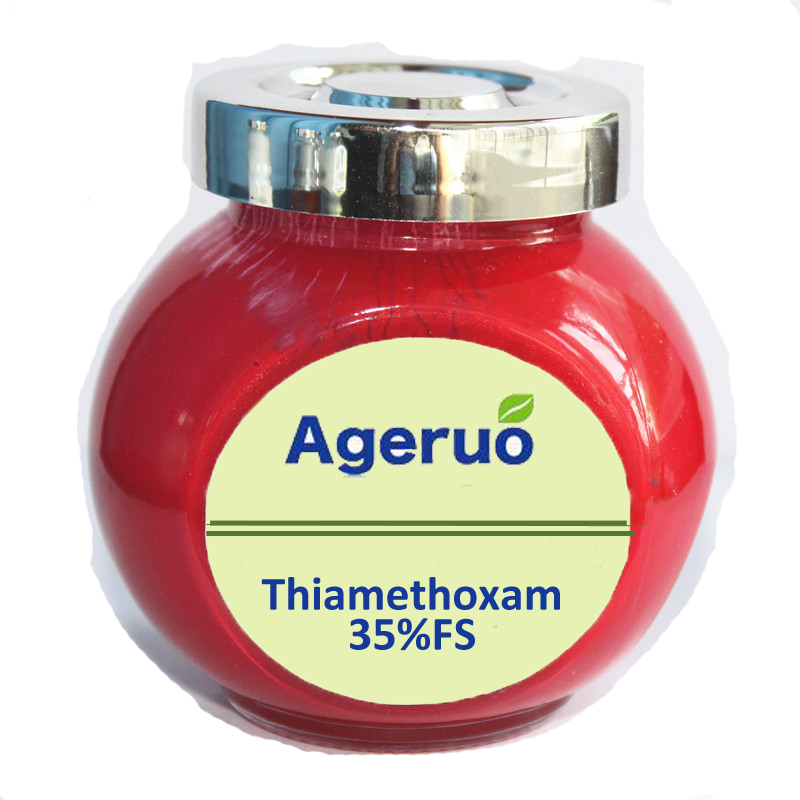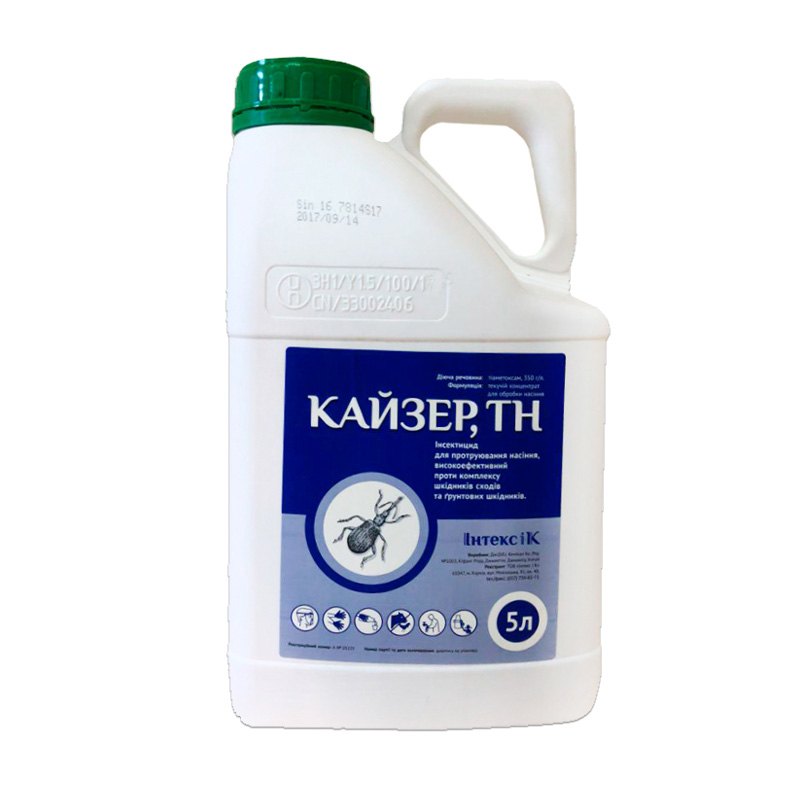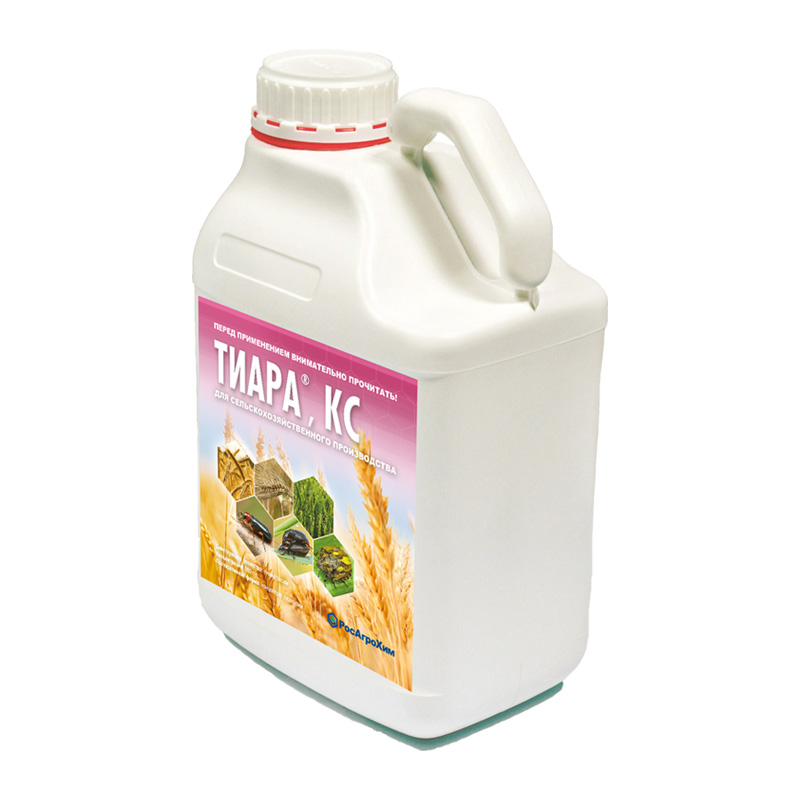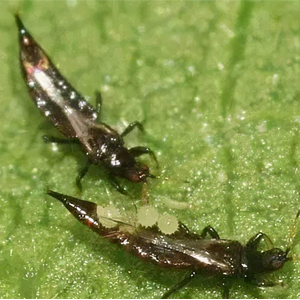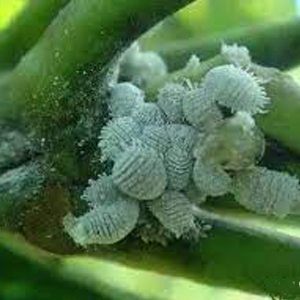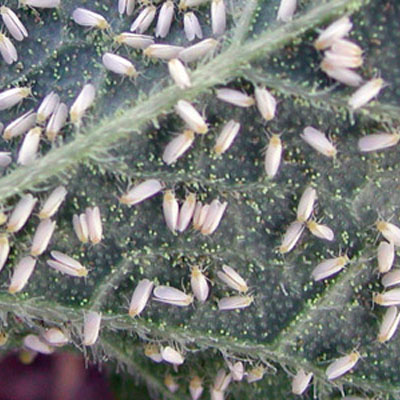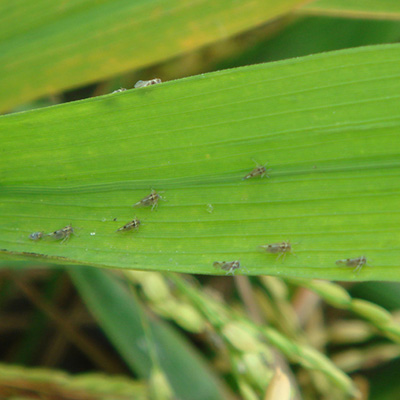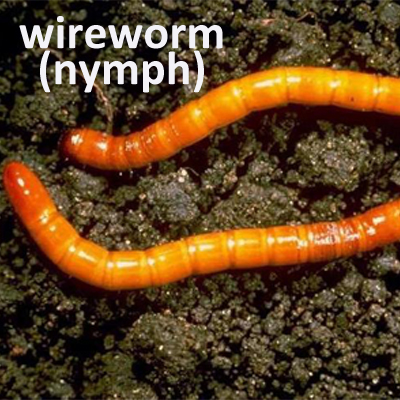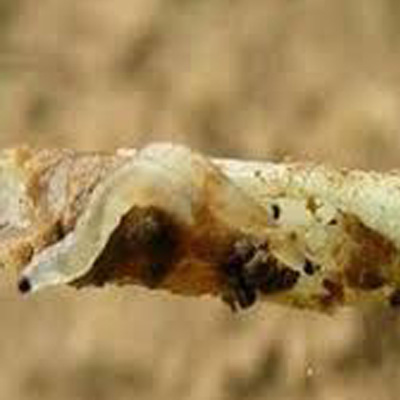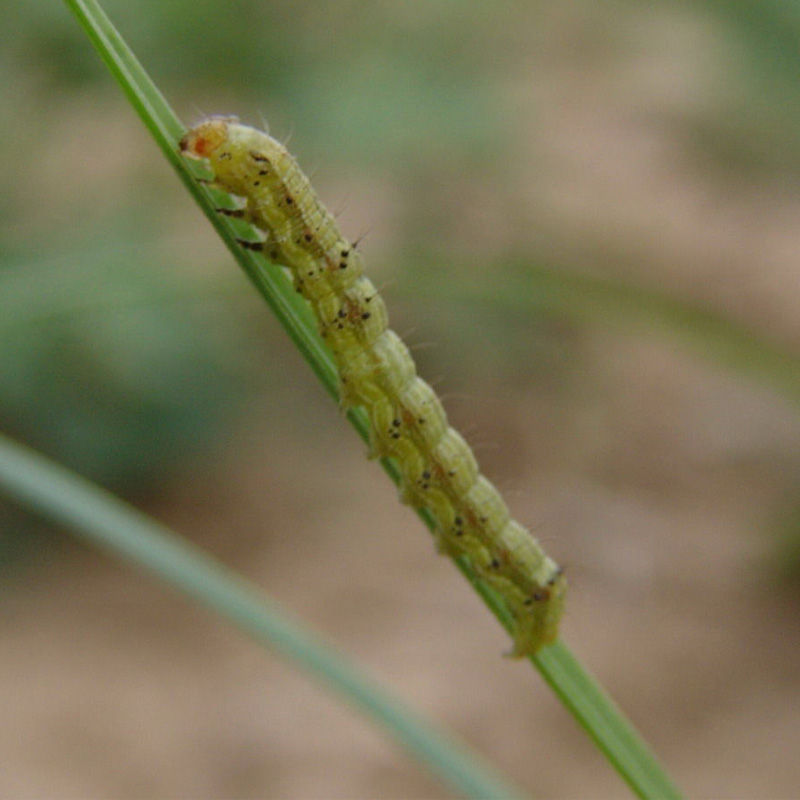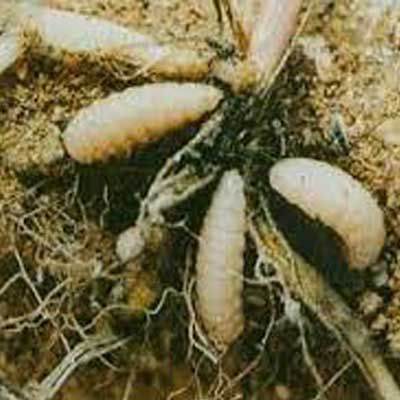Thiamethoxam is a pesticide that farmers are very familiar with. It can be said to be a low-toxic and highly effective pesticide. It has a history of more than 30 years since its introduction in the 1990s. Although it has been used for such a long time , but thiamethoxam is still one of the most useful pesticides and has a good market in the agricultural input industry.
What is thiamethoxam
Thiamethoxam is a nicotine insecticide and a second-generation nicotine insecticide. It mainly kills pests through several methods such as gastric poisoning, contact killing and systemic absorption. It is effective against aphids, planthoppers, leaf lice and Common pests such as cicadas and whiteflies have good results.
Compared with similar insecticides, thiamethoxam has several obvious characteristics and advantages. First, it is low-toxic and highly effective, has no irritating effect on human eyes and skin, and is safer to use; second, it has broad spectrum and can kill It kills most common pests; thirdly, it has a long lasting effect and stable effect, making it a rare and excellent preparation.
Thiamethoxam can be used to control rice planthoppers, apple aphids, melon whiteflies, cotton thrips, pear tree lice, and citrus leafminers.
When using, be sure to dilute according to the dilution ratio on the instructions. In addition, it cannot be mixed with alkaline agents, and the storage environment cannot be lower than minus 10 degrees Celsius or higher than 35 degrees Celsius.
Generally speaking, we use thiamethoxam through foliar spraying, but many people don’t know that thiamethoxam can also be used for insect control through soil irrigation, root filling and seed dressing.
So what are the specific uses of thiamethoxam?
Foliar spray
Foliar spraying is the most common way of using thiamethoxam. It is more suitable for spraying aphids, whiteflies, thrips and other pests in the early stages of disease. Spray directly onto the leaves so that the pests inhale or eat the spray. The pesticide will take effect after application to the leaves and can effectively control the development of pests and diseases.
Seed dressing
Most farmers use seed dressing agents when dressing seeds. Few people know that thiamethoxam can actually be used for seed dressing. Taking wheat as an example, you can use 35% thiamethoxam floating seed coating agent at a ratio of 1:200 After diluting the proportion of seed dressing, drying and sowing, the advantage of this is that it can prevent grubs, wireworms, mole crickets, cutworms, ground maggots, leek maggots and other underground pests directly during the sowing period, and at the same time, it can prevent thrips in the later stage. , aphids also have a certain control effect.
Treat the soil
Thiamethoxam has certain biological activity, so it can be used to treat soil. A simpler way is to use thiamethoxam granules and sow them together with the seeds when sowing, which can prevent underground pests and is effective for more than 3 months.
root irrigation
Thiamethoxam has good water solubility and strong systemic properties, so direct root irrigation can also have a good effect. The more commonly used method is to dilute thiamethoxam with root irrigation when garlic maggots first appear. This can have a very good effect. Good control effect.
Post time: Jan-08-2024


